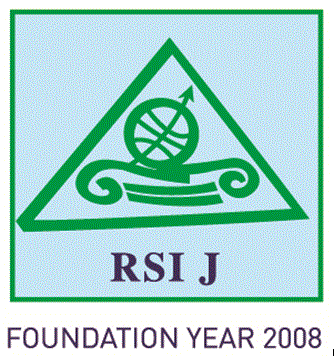Gustavo FERRO
Associate Professor and Independent Researcher, Universidad del CEMA (UCEMA) and CONICET
gaf97@ucema.edu.ar; gferro05@yahoo.com.ar
M. Priscila RAMOS
Professor and Researcher, Universidad de Buenos Aires. Facultad de Ciencias Económicas, Departamento de Economía. CONICET-Universidad de Buenos Aires. Instituto Interdisciplinario de Economía Política.
mpramos@economicas.uba.ar
Carlos A. ROMERO
Professor and Researcher, Universidad de Buenos Aires. Facultad de Ciencias Económicas, Departamento de Economía. CONICET-Universidad de Buenos Aires. Instituto Interdisciplinario de Economía Política.
cromero@economicas.uba.ar
Abstract
In this paper, we explore the reach of net job creation and net emissions reduction from the partial substitution of conventional (fossil) energy sources by renewables in Southern Brazil. We examine a subset of renewable energy sources, namely, biogas. It has been established that biogas requires lower investment and is also more labor-intensive than fossil energies for comparable units. However, gross job generation does not account for job losses in reducing sectors. In order to account for production and industrial chain relationships, input-output analysis allows for ordering information and tracing the interrelations between industries. Concerning jobs and emissions, input-output tables and models are expressed in monetary units. In contrast, jobs are measured in units (full-time equivalent – FTE), and all greenhouse gas (GHG) emissions are in MtCO2e. These satellite accounts in physical units join Input-Output tables, transforming conventional into hybrid Input-Output analysis. Once the baseline is established (2018), we consider different scenarios of fossil fuel substitution by biogas and determine values for net job creation and net emissions generation. Results highlight the favorable impacts of the development of biogas to produce electricity generation in terms of greater production and net job creation while saving GHG emissions.
Keywords: biogas, Brazil, input-output, employment, GHG emissions
JEL classification: Q42, R15
pp. 143-153
